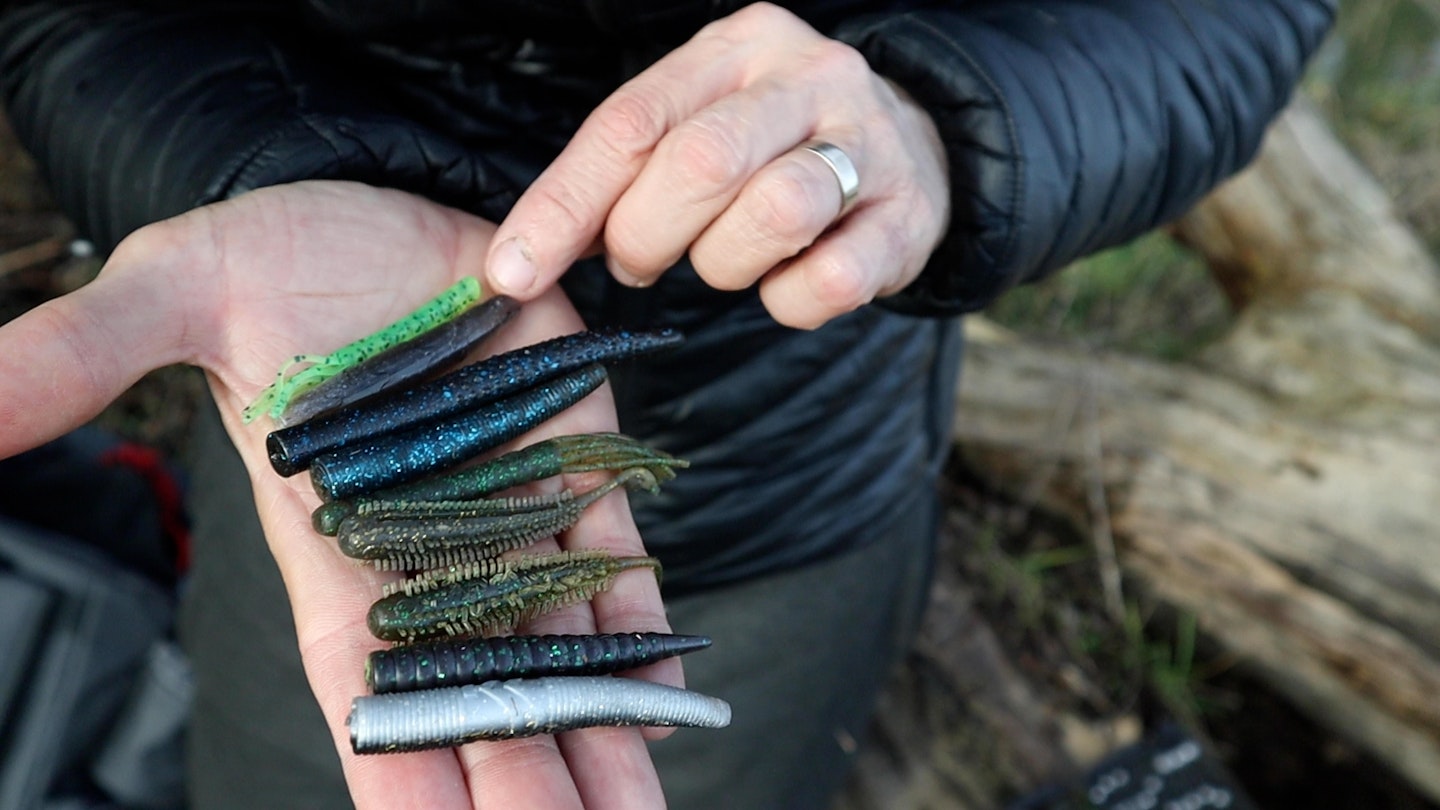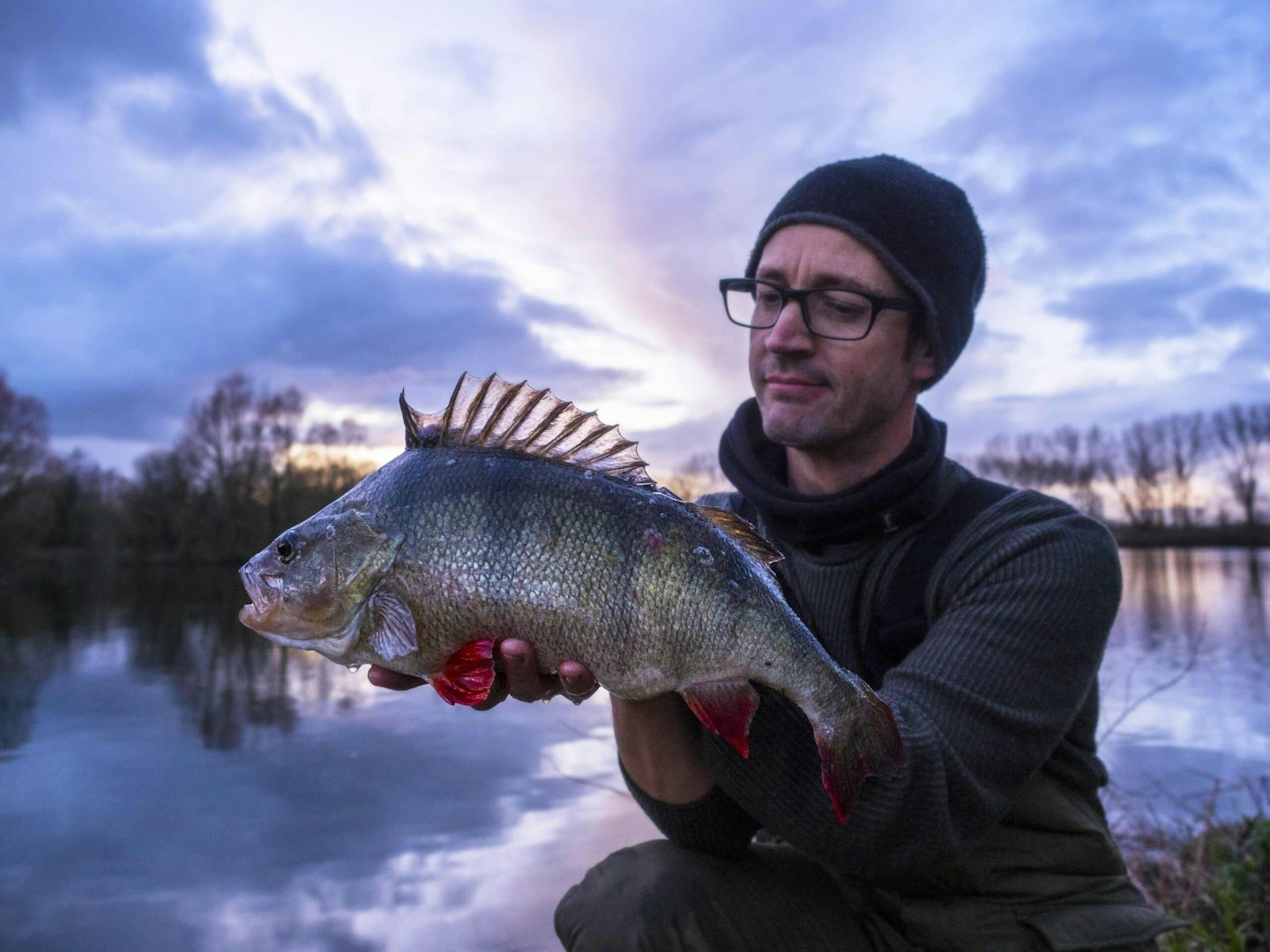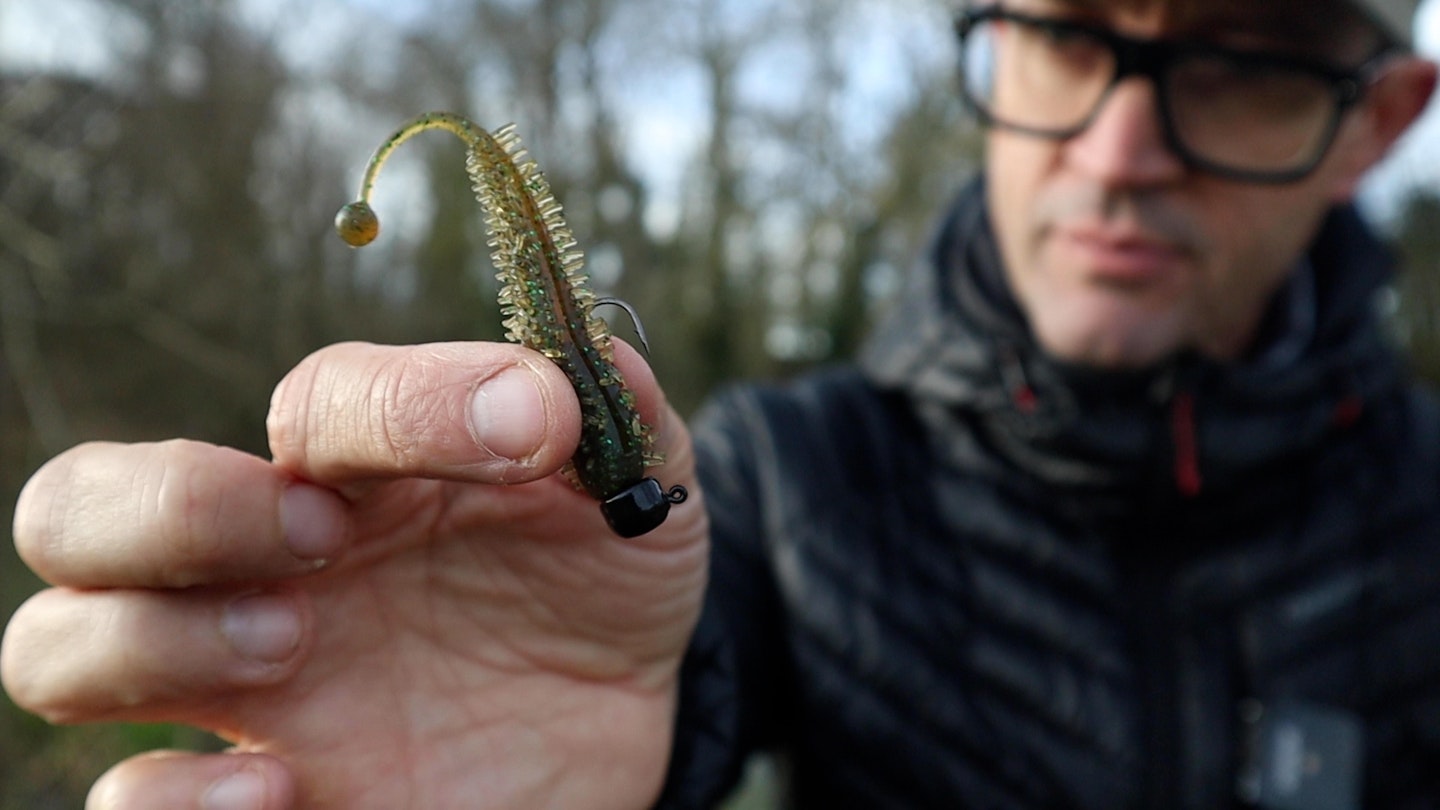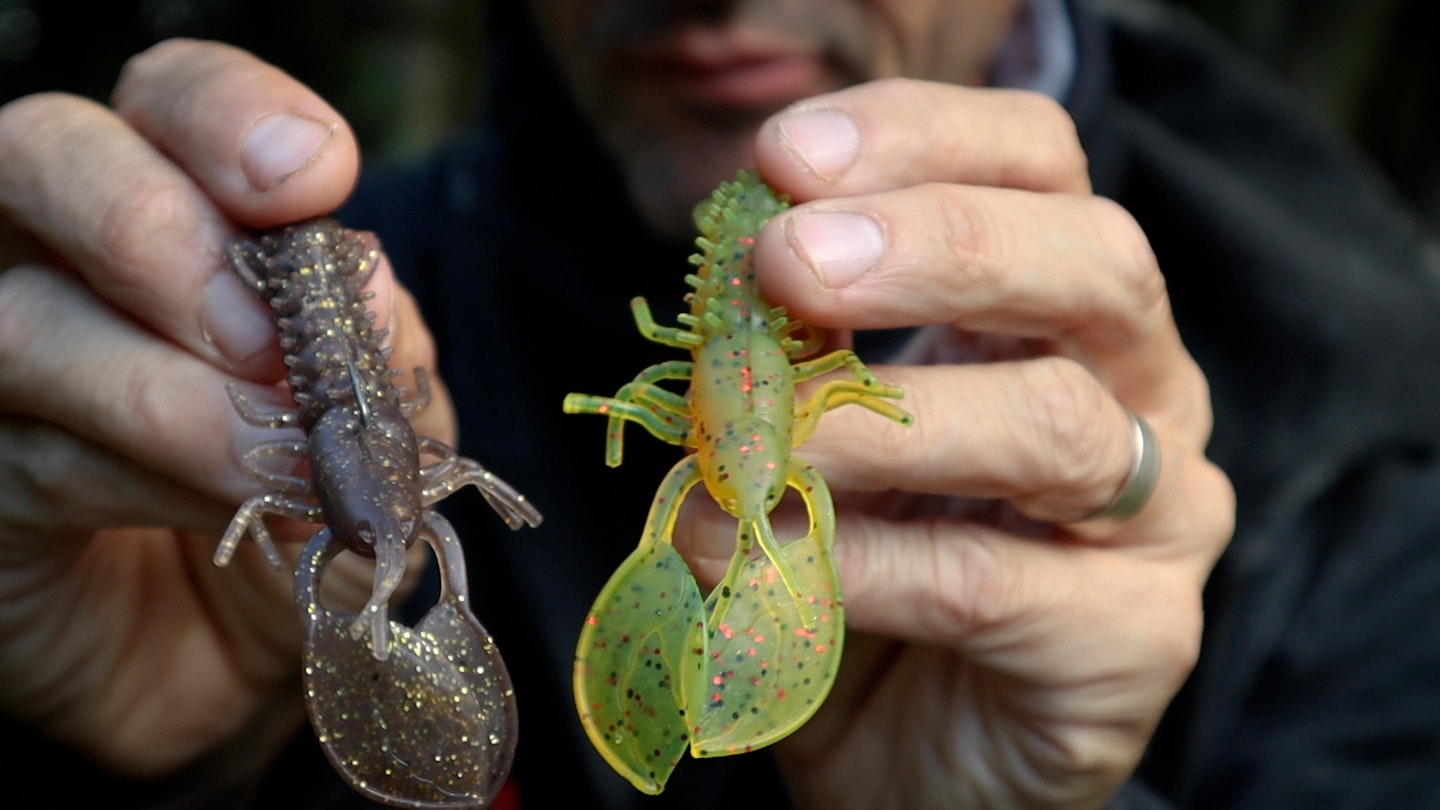Winter in the UK can be a challenging time for anglers. With fewer daylight hours and colder conditions, the opportunities to get out on the water can sometimes feel a bit limited.
However, the darker months also present an excellent opportunity to target one of our most exciting freshwater predators – perch. By focusing your efforts on fishing at dusk and into darkness, you can take advantage of their feeding habits and increase your chances of success.
Here I’ll explain how you can bag an end-of-season whacker using lures, why fishing for perch during these low-light hours can be so rewarding, and how you can make the most of your time on the bank.
THE BEST LURE RODS WILL HELP YOU BREATHE SOME LIFE INTO YOUR PLASTIC BAITS.

Peak feeding time
Perch are predatory fish, and low-light conditions give them a natural hunting advantage. As dusk settles in and daylight dwindles, the water becomes a world of shadows. This creates perfect ambush conditions for perch, which rely on their keen eyesight and quick reflexes to hunt smaller fish.
Dusk is also a prime feeding time for perch. As the day transitions to night, prey species like minnows and small roach often become more active, giving perch plenty of opportunity to strike. Extending your fishing into the darker hours can keep the bites coming, as perch don’t simply stop feeding when the sun dips below the horizon.
This is especially important in winter, when daylight is limited and fish tend to feed during smaller, well-defined windows of activity. By timing your session to coincide with dusk, and staying out for an hour or two into the night, you can capitalise on this.
IF YOU WANT TO CATCH A BIG PERCH, YOU NEED TO HEAD TO ONE OF THESE EXCELLENT VENUES.

Fish slowly
Winter perch fishing requires a different approach to that of the warmer months. Cold water slows down the metabolism of fish, making them less likely to chase fast-moving prey.
As a result, your lures need to mimic this slower, more deliberate behaviour. Patience is key. Work your lures slowly along the bottom, giving the perch time to react. Subtle movements often prove more effective than aggressive jerks or rapid retrieves. This slower presentation can make all the difference, especially in icy weather conditions.
IF YOU ARE STRUGGLING TO CHOOSE THE RIGHT LURE FOR PERCH FISHING, READ THIS ARTICLE.

Sticks and creatures
One set-up that stands out for winter perch fishing is the Ned rig. This simple yet highly effective rig involves a small, buoyant soft plastic lure rigged on a lightweight jig head. The beauty of the Ned lies in its ability to stand upright on the bottom, mimicking a small fish or crayfish feeding. Its subtle action and realistic appearance make it ideal for tempting cold-water perch.
Buoyant creature baits are another great choice. They work wonders when fished slowly along the bottom. Their lifelike appendages and gentle movements can trigger strikes from even the most cautious perch.
If you’re targeting big perch I would suggest using a big lure. A 4ins creature bait, presented on a cheb or Texas rig, is the perfect option.
Experiment with colours and sizes, but in winter, more natural or muted tones tend to perform best. If the water is particularly murky, brighter colours, or lures with UV accents, can help catch the attention of perch in low-light conditions.
IF YOU DO A LOT OF LURE FISHING, ONE OF THE BEST SPINNING REELS WILL EASE THE STRAIN ON YOUR WRIST.

